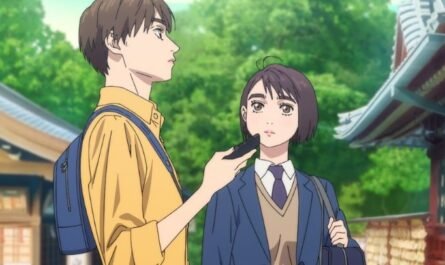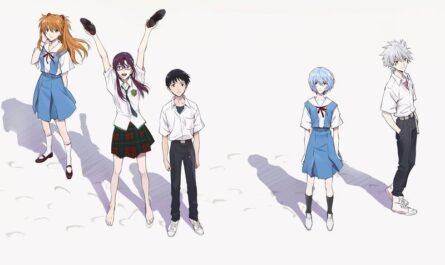In the summer of 2025, the fictional visual kei band “HAYASii,” featured in episode 18 of the anime “Dandadan,” sparked a major social media uproar over its song “Hunting Soul,” which strongly recalled the Japanese rock band X JAPAN’s signature song “Kurenai.
This was not merely a production decision; it questioned the creative culture of “homage” and “parody” that has long been rooted in Japanese anime and subculture, as well as the very nature of intellectual property in the digital age.
At the center of the controversy was X JAPAN’s leader, YOSHIKI. Initially, he lightheartedly responded on social media, asking, “Doesn’t this sound like X JAPAN?”, seemingly amused. However, after being confronted by his lawyers and staff and forced to address the possibility of copyright infringement, the situation quickly went beyond personal respect and morphed into a business issue.
YOSHIKI, who said, “If only they had said something beforehand,” was probably most disappointed by the lack of trust and respect between the creators, even before the legal implications. Ultimately, the song “Hunting Soul” was suspended from subscription streaming. While not conclusively found to be illegal, it highlighted the reality that public opinion on social media and distrust among stakeholders can directly influence commercial decisions and lead to the suppression of creative expression.
This incident was symbolic, demonstrating that the “tacit understanding” that has long supported Japanese anime and subculture is no longer viable in the face of the immediacy of social media and global business practices.
The line between homage, parody, and plagiarism is inherently blurred. Homage is a respectful reference and an act that fosters cultural dialogue. Parody, on the other hand, is premised on satire and humor and draws attention to the existence of the original work. Plagiarism, on the other hand, is the misappropriation of unauthorized reproductions and presenting them as one’s original work, and carries significant legal risks.











